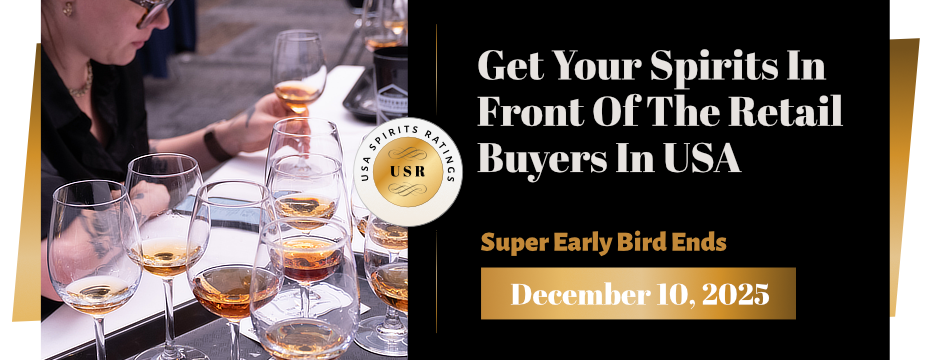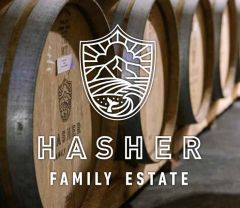Sommeliers Choice Awards 2025 Winners
A Winery Without A Vineyard
BTN gets insights from Donna H. Hartman, Esq, Attorney at OlenderFeldman LLP on alternative routes of wine making and why custom crush can be advantageous.

Upon hearing the word “vineyard,” most people go into a dream-like state thinking of beautiful rolling hills, illuminated by the sun, where dew glistens on the vines like diamonds and the gentle temperate breeze perfumes the air with the sweet aroma of perfectly ripened fruit. It is this vision that romanticizes the notion of owning a vineyard.
However, the realities of vineyard ownership may not be as glamorous as one may be lead to believe because of its high cost of entry.
Starting a vineyard from scratch is very expensive (e.g., land, facility, equipment, machinery, vines, barrels, tanks, labor) and has a long-lead time (e.g., regulatory approvals for licenses and permits, a minimum number of years before newly planted grapes can be used for first wine production). If an existing vineyard is purchased, it is still capital intensive although the lead time will most likely be shorter.
It may be surprising to know that a large number of vineyards are virtual – meaning, the wine brand owner does not actually own its own vineyard. Some brand owners enter into an Alternating Proprietorship Arrangement (“APA”) to share space with another licensed winery to produce its products. Another option is to employ the services of a custom crush facility or wine producer (the “Producer”), where the Producer makes or creates a wine product for the brand owner. Employing either process does not make the vineyard any less real, nor does it diminish the quality of the products. In fact, some brand owners use the capital that would have been expended on the land and facility acquisition, to purchase good quality grapes, employ great winemakers, and use higher-end materials and packaging for its products.
Under an APA, an agreement can be entered into between two (2) or more persons or entities where: (i) they share the same space and equipment to produce wine on an alternating basis, or (ii) one person or entity is an existing proprietor-owner of a bonded wine premises (the “Host”) that agrees to rent its space and equipment to another proprietor (the “Tenant”). Under the first arrangement, the parties agree to alternate the use of space and equipment, independently operating their own businesses from the same physical location. Under the second arrangement, the Host allows the Tenant to use its excess capacity and provides the Tenant with the ability to start its business on a smaller scale. In either APA scenario, each proprietor must independently qualify as a bonded winery and obtain a federal basic permit as a wine producer. In addition, an application must be filed with and approved by the Department of the Treasury, Alcohol and Tobacco Tax and Trade Bureau (“TTB”) before operations may begin.
Under the custom crush option, the brand owner enters into an agreement to have the Producer create or produce wine to order for the brand owner. The brand owner may use grapes owned by the Producer or may source them elsewhere and have them crushed or processed at the Producer’s facility. In some instances, finished wine is purchased from a winery that produced too much wine (bulk wine), and the Producer may only bottle and label the products. Under this option, only the Producer must register as a bonded winery and obtain a federal basic permit as a wine producer. If the brand owner intends to market the wine products to other dealers, it must obtain a federal basic permit as a wholesaler. An application for a custom crush arrangement need not be filed with the TTB.
The chart below highlights some of the different requirements between an APA and custom crush arrangement:
|
RESPONSIBILITIES |
APA |
CUSTOM CRUSH |
|
Qualification, Permit and Registry Status |
|
|
|
Records and Reports |
|
|
|
Certificate of Label Approvals (COLAs) |
|
|
|
Federal Excise Tax Payment |
|
|
|
Small Domestic Wine Producer Tax Credit |
|
|
Launching New Wine Brand Without A Winery?
While both the APA and custom crush structures provide benefits to new or smaller proprietorships, there are limitations as well. Brand owners should consider their needs and carefully examine the details of each of these alternate production arrangements before committing to a method. In addition, state and local laws and regulations should be reviewed to determine what other requirements may apply.
To review the full TTB Industry Circular Number: 2008-4, entitled “Alternating Proprietors at Bonded Wine Premises,” please go to: https://www.ttb.gov/industry_circulars/archives/2008/08-04.html





















